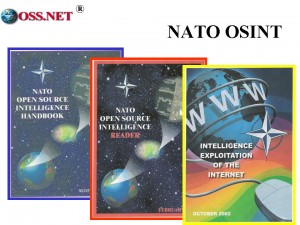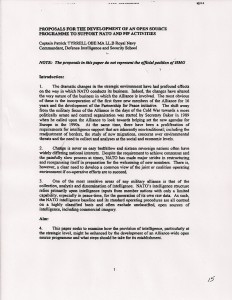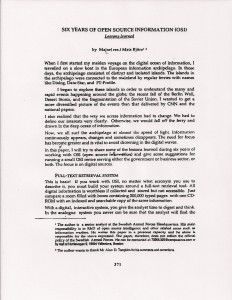In DIA OSINT is treated as an Automated Teller Machine (ATM), distributing money to the standard suspects without any form of strategic guidance, operational harmonization, or tactical effect. DIA does not “do” OSINT because neither the DIA leadership nor the so-called leadership of the intelligence directorate at DIA, where the Defense Intelligence Open Source Program Office (DIOSPO) is left in deserved obscurity (five “managers” in three years is worse than a joke, it is reprehensible) have the foggiest notion of OSINT as an integrated discipline in its own right. The newly-selected incumbent is under protest (to the Office of Personnel Management (OPM) since DoD and DIA have demonstrated they lack integrity in hiring on process or merit to this specific position), and Congressional investigations at the Appropriations Committee level are being inspired. In USDI OSINT is treated as a data-mining technical function, and document exploitation (which requires distributed human translation in 183 languages) is explicitly excluded at the same time that DoD Human Intelligence (HUMINT) is handicapped by individuals who have no idea what the fifteen slices of HUMINT–much less what comprises effective clandestine, covert, defensive, and offensive counterintelligence–and have absolutely no inclination to manage them as a coherent whole. Defense intelligence has followed “central” intelligence over the cliff.
Supports Handbook: Joint Operating Environment 2010





